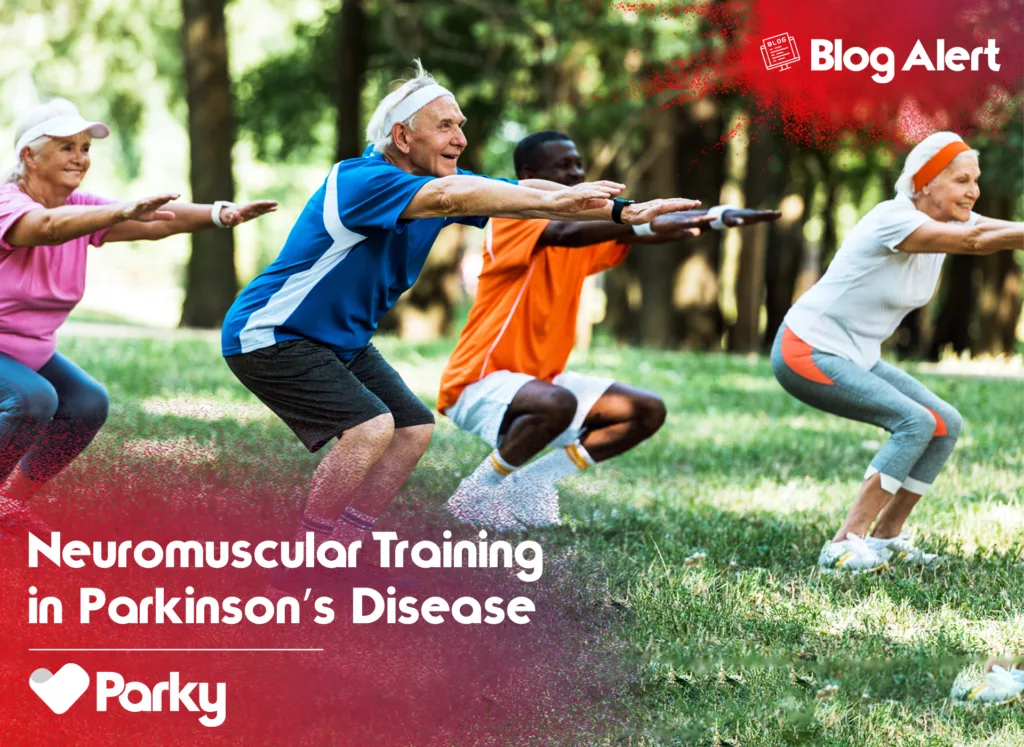

Parkinson's disease (PD) is a unique, complex, and individually experienced condition. Various treatments aim to manage symptoms and improve quality of life. Among these, neuromuscular training has emerged as a promising approach. This exercise focuses on enhancing the interaction between nerves and muscles. It can improve strength, flexibility, and motor control.
Neuromuscular training is not just a generic exercise regimen. It is a targeted and systematic approach tailored to the unique needs of individuals with PD. It focuses on the intricate relationship between the nervous system and the muscles. This training can address the specific challenges posed by Parkinson's, such as bradykinesia, muscle rigidity, and postural instability.
Neuromuscular training is a specialized exercise designed to enhance the coordination between the nervous system and muscles. The training focuses on improving motor control, strength, balance, and flexibility. Such elements are crucial for efficient and safe movement. It is particularly beneficial for individuals with neurological conditions.
By emphasizing proper technique, neuromuscular training helps individuals move efficiently. It reduces the pressure on sensitive structures like cartilage and ligaments. This minimization of stress lowers the risk of injuries such as rips or tears. At the same time, it also enhances agility, speed, and balance.
In this video from Adaptive Physical Education (Adaptive PE), Scott Lohmann and Sang Pvongnak demonstrate neuromuscular training exercises. Adaptive PE is designed to enhance cardiovascular fitness, strength, flexibility, balance, and coordination. This program aims to support individuals, especially those with mobility challenges.
Sang Pvongnak is a personal trainer who joined Adaptive PE as a volunteer in the Parkinson’s exercise class. Her kettlebell training and personal fitness background enhance her ability to deliver effective exercises for those with Parkinson's disease.
This video showcases their combined efforts to provide practical and adaptive neuromuscular exercises. They demonstrate techniques designed to enhance muscle strength, balance, and overall mobility. Exercises offer valuable insights into how tailored neuromuscular training can support PwPs.
Designing an effective neuromuscular training program begins with a comprehensive assessment. Assessment includes reviewing the individual’s medical history, evaluating their current physical abilities, and discussing personal goals.
The program should include strength training with resistance exercises, balance and coordination drills, and flexibility routines. It should also incorporate functional movement exercises and endurance training. Safety is a top priority in neuromuscular training. Proper warm-up and cool-down routines, close supervision, and individualized adjustments are crucial to prevent injury.
An important aspect of modern training involves self-tracking, which can offer valuable insights into progress. Smartwatches can monitor metrics such as heart rate, activity frequency, and exercise intensity. By integrating these elements, a neuromuscular training program can effectively support PwP in improving their physical capabilities.
Join our community in spreading hope and strength. Tell us your unique journey with Parkinson's to uplift and empower others.